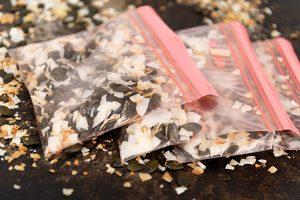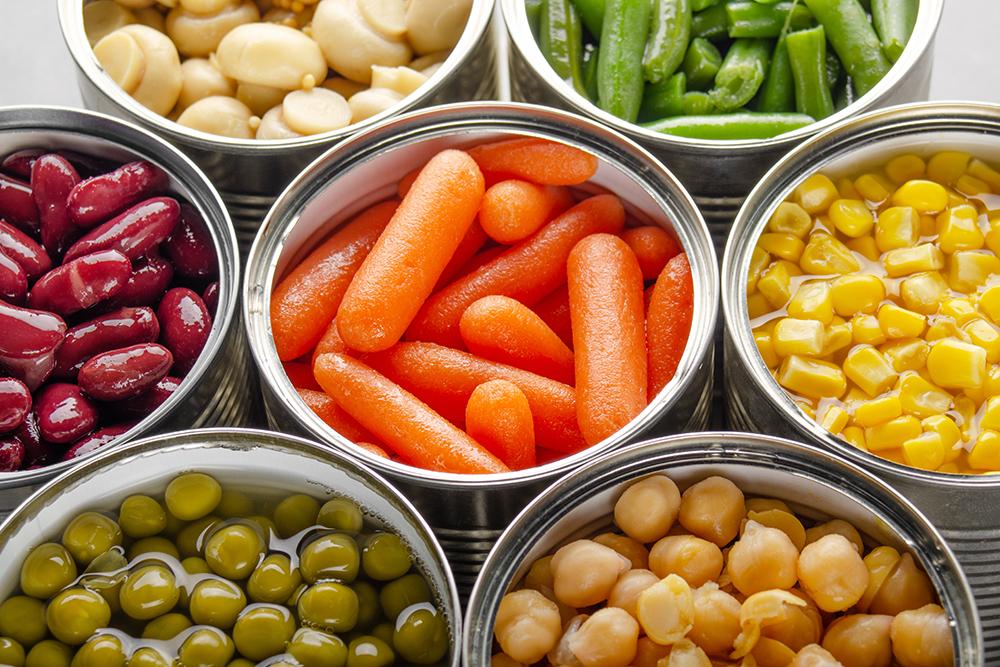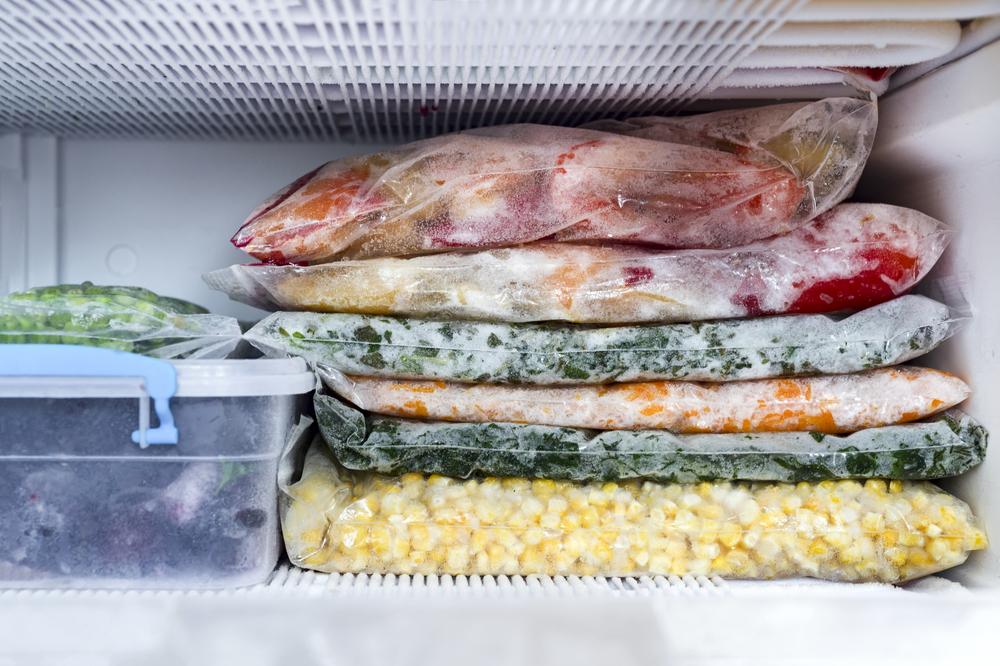 Relative Energy Deficiency in Sport—better known as REDs or RED-S—can be hard to diagnose, but essentially, it happens to athletes when they’re consistently expending more energy than they’re taking in. For both boys and girls, this can take a serious physical toll on their bodies, resulting in decreased performance and an increased risk of illness and injury.
Relative Energy Deficiency in Sport—better known as REDs or RED-S—can be hard to diagnose, but essentially, it happens to athletes when they’re consistently expending more energy than they’re taking in. For both boys and girls, this can take a serious physical toll on their bodies, resulting in decreased performance and an increased risk of illness and injury.
While under-fueling can be intentional, often, REDs happens even when athletes believe that they’re fueling and training appropriately. That means as parents, you should be paying attention to signs and symptoms of REDs, but also actively helping your athlete prevent it.
Here, TrueSport Expert Stephanie Miezin, MS, RD, CSSD, shares how nutrition plays an important role in the prevention of REDs for young athletes, and how caregivers can help athletes make smart nutritional choices. Coaches, parents, and athletes can also find more information in TrueSport’s REDs Guide.
Nutrition is within your control
As a parent or caregiver, you may not be able to control your athlete’s practice schedule, school calendar, or competition schedule. But you can control what they eat when they’re home, and what they bring with them to school and practice for meals and snacks. Because of this, says Miezin, nutrition is a great place to focus your attention to help prevent REDs.
Prioritize prevention
If your athlete is not having any problem with performance, illness, or injury, it may be tempting to not think about REDs at all. However, the best way to deal with REDs is to prevent it, especially since diagnosis can be difficult. So be proactive and focus on creating smart, sustainable nutrition habits now.
Talk about REDs with your athlete
“One of the most important things you can do to help an athlete prevent REDs from being a problem is talking about it,” says Miezin. “Bring awareness to it, and help your athlete understand that if their energy expenditures are greater than their intake—whether they’re actively trying to lose weight because they think they should, or they just don’t have much of an appetite during the day—there is a good chance they may see a decline in performance and even health, especially if continued for longer periods of time.”
Then, connect the dots between REDs and nutrition. Miezin says it’s important to help your athlete understand that finding the balance between energy in and out means ensuring that they are fueling enough.
Don’t count calories—focus on the big picture
You may assume that REDs prevention means counting calories obsessively and tracking macronutrients. However, Miezin prefers a more relaxed approach. For example, you can use TrueSport’s ‘athlete’s plate’ illustrations to easily see what a meal should consist of, broken into quadrants on a standard sized plate.
“For most young athletes, skip using the easy day plate option,” she says. “Focus on the moderate to hard day plates for most meals that they’re going to be consuming, where carbohydrates from a variety of sources are prioritized. It’s a really easy way to know how much of each food group your athlete needs based on their activity level.”
Make it hard to miss a meal or snack
“Help your athlete avoid skipping meals and snacks,” says Miezin. “Of course, it will happen occasionally, but it shouldn’t be a regular occurrence. Every time we skip a meal or a snack, we are missing an opportunity to contribute to overall daily energy needs and missing the nutrition we need.”
 If your athlete is often on the go, help them stock their locker and bags with easy-to-eat snacks that are shelf-stable and tasty. Pretzels and peanut butter, trail mix, crackers, and shelf-stable cartons of chocolate milk are all easy options that your athlete can keep in a locker without risking a mold outbreak. Additionally, if you’re often driving between practices, keep a stash of snacks in your car.
If your athlete is often on the go, help them stock their locker and bags with easy-to-eat snacks that are shelf-stable and tasty. Pretzels and peanut butter, trail mix, crackers, and shelf-stable cartons of chocolate milk are all easy options that your athlete can keep in a locker without risking a mold outbreak. Additionally, if you’re often driving between practices, keep a stash of snacks in your car.
Miezin recommends that athletes eat at least three times a day—ideally with some snacks around practice and competition if possible. “Athletes should be having at least three meals a day at minimum, especially if they’re young athletes who are still growing. We know it’s going to be pretty hard to meet their energy needs if they’re only having two meals or one meal in a day.”
Don’t avoid food groups—especially carbohydrates
“Young athletes should not avoid any macronutrients or specific food groups, unless there’s an actual medical need to do so,” says Miezin. “When an athlete avoids certain food groups or nutrients, it’s even harder to meet daily energy needs.
In particular, athletes should not shy away from carbohydrates. “There is emerging evidence around the specific role of carbohydrates as a key nutrient,” she adds. “We are seeing in the research that even if you are getting enough energy in your meals, if you don’t have enough carbohydrates, you may increase the risk of developing REDs. We know that carbohydrates are the best fuel source for performance.”
Help your athlete have a positive relationship with food
“Mindset is important,” says Miezin. “Help your athlete practice a positive relationship with food. We know that REDs isn’t always caused by eating disorders or disordered eating, but there is a bi-directional potential relationship between them.”
Your relationship to food is important as well: If your young athlete grows up seeing you eliminating food groups or skipping meals, they may develop an incorrect understanding of their own fueling needs. So be aware of how you speak about your eating and your food choices as well as how you talk to your athlete about their needs. Miezin also cautions parents to be aware of the food environment they create at home: Are there primarily diet snacks and drinks in the pantry? This can have a profound impact on your athlete’s relationship with food.
Pay attention for early REDs signs and symptoms
While prevention of REDs is ideal, it’s important to be on the lookout for warning signs and symptoms of REDs. “Pay attention to energy levels,” says Miezin. “If you start to notice that your athlete’s energy, mood, and performance are decreasing for several days or weeks, that can be an early warning sign. You may notice a decrease in strength, power, motivation, energy, response to training, and even cognitive function.”
(The International Olympic Committee has a simple infographic listing sport-specific signs of REDs here.)
“Finally, for young athletes: Are they keeping up with proper growth charts or growth projections?” asks Miezin. Not sure? Ask your pediatrician.
Talk to a doctor or health professional
 If you suspect your athlete may be suffering from REDs, it’s important to seek professional help. Miezin recommends starting with a sports medicine physician who may be able to diagnose your athlete. Working with a registered dietitian may also help increase your and your athlete’s nutritional knowledge and make it easier to make the right decisions around fueling.
If you suspect your athlete may be suffering from REDs, it’s important to seek professional help. Miezin recommends starting with a sports medicine physician who may be able to diagnose your athlete. Working with a registered dietitian may also help increase your and your athlete’s nutritional knowledge and make it easier to make the right decisions around fueling.
Because our understanding of REDs is evolving, it is important that you advocate for your athlete when you speak to a practitioner who may not be well versed in REDs. If you don’t have a sports medicine physician or dietitian you can speak to, Miezin recommends bringing TrueSport’s REDs Guide to the doctor’s office with you to show the practitioner. The clinical assessment tool for determining if an athlete has REDs can also be printed for your child’s doctor.
This is particularly important if you have a male athlete, Miezin notes. Before REDs was recognized, most physicians were familiar with the Female Athlete Triad for athletes, which included things like the loss of a menstrual cycle and stress fractures, and eventually became the basis for REDs. However, male athletes are susceptible to REDs as well.
_____________________
Takeaway
In order to prevent REDs, nutrition plays a critical role. Make sure your athlete’s energy intake (the food that they eat) matches their energy expenditure (the energy used while practicing and competing). Focus on using the athlete’s plate model to prepare meals, make sure your athlete eats three meals per day plus snacks, and don’t skip the carbohydrates.



